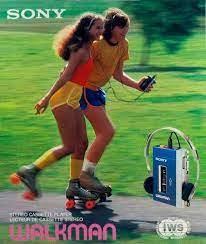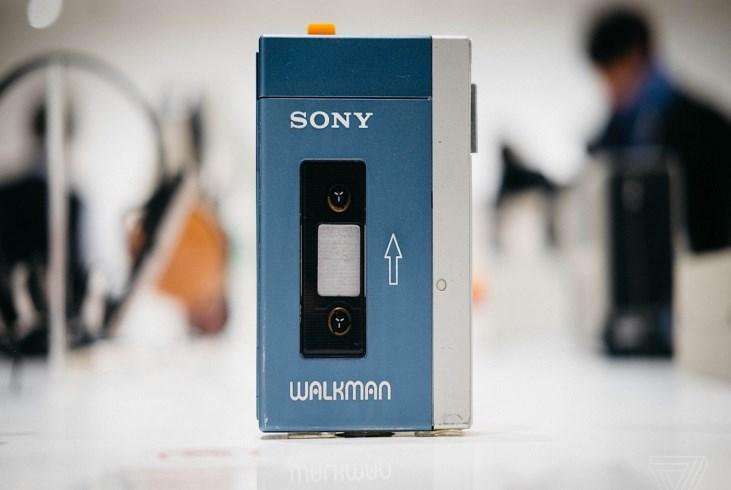
4 minute read
AD SPACE
from UNNEW MARCH 2023
Even as the chill of the winter creeps up on the world, many of us still have places to be, people to see, and things to do. As we step out the house we, unfortunately, can’t always do so in our favorite pair of pajamas or sweatpants, sometimes we must be professional and stylish. Researchers were shocked to find that the fashion designers of 19th century Berlin did just that when they found “documents of 300 years of European fashion history with exceptional objects from the textile and costume arts” (artsandculture.google.co m, 2014). Men of this era often sought out to make stylish entrances with many vibrant designs and patterns on their garments that would make statements as they entered the room. Their suits often required numerous clothing pieces to put together and add on but it ultimately became popular throughout the centuries, even in society today!
The early 18th and 19th centuries would be grounds for many new trading allies from around the globe and new types of food and material, including fabric. Silk, wool, linen, and cotton were some of the main fabrics that were introduced and traded amongst these regions and would be revolutionary in the world of fashion and design.
Advertisement
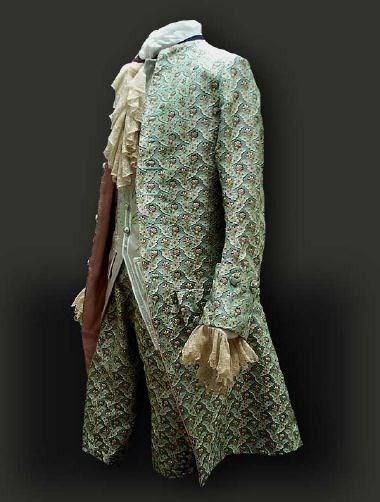
As the idea and inspiration of these men’s fashion garments spread and imprinted throughout European and western regions of the Americas, numerous kinds of fabrics and cultural details would be added to their attire to give certain kinds of looks such as tall, modern, sleek, and eclectic. This new, modern spin on men’s fashion would begin to occur and popularize around the 1920’s where many men would be seen wearing their suits as casual wear in their daily lives. founders in Berlin!
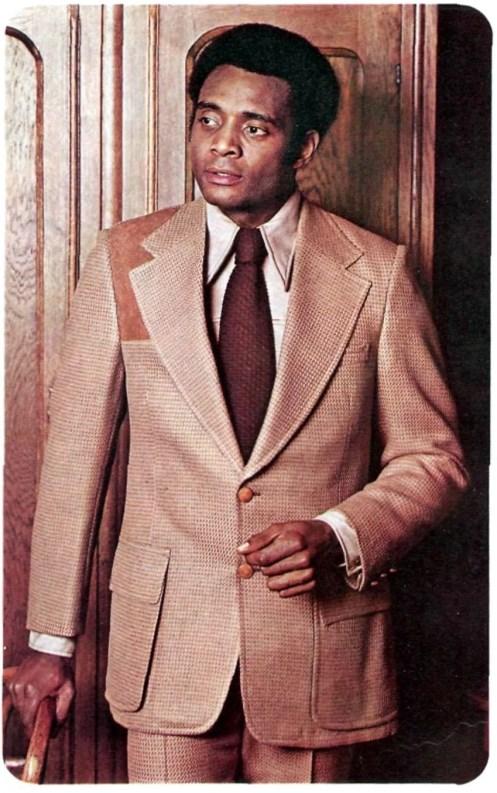
Now, we have many new technological advancements that allow us to modify the modern suit to fit and conform to any man, no matter the physique. So next time you step out of the house to make it to that office or business meeting, make sure that you are expressive in your dressing and it allows you to remain stylish in the winter.
During the rise of the mid-1900’s the Great Depression and Hollywood film would be the pinnacle of the new ‘suit-and-tie’ fashion aesthetic for men. Suits and ties would become the representation of male ‘voices’ in their communities. Not only did their suits represent success and the ‘American Dream’, but it also represented male body positivity and social position and hierarchy. Men would begin to wear these suits as casual wear and business professional attire. It came to represent a man of drive and money, a man who was involved and driven to create success in his life.
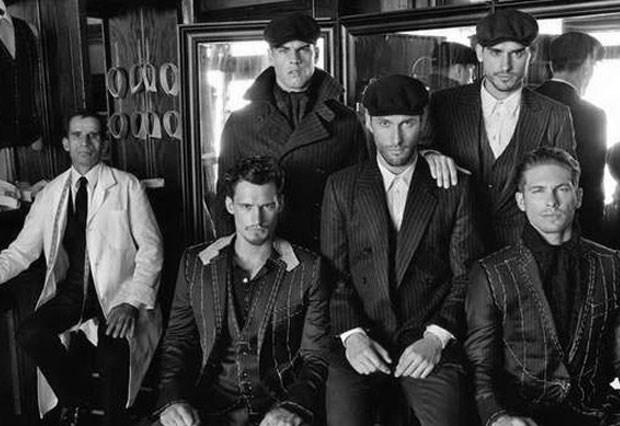
Soon enough the late 1900’s and early 2000’s would emerge and suits would begin to not only be a part of business and professionalism, but media and fashion as well. Now we can see many accounts and photos of famous celebrities and business owners using these suits in all kinds of ways, including inspiration from the
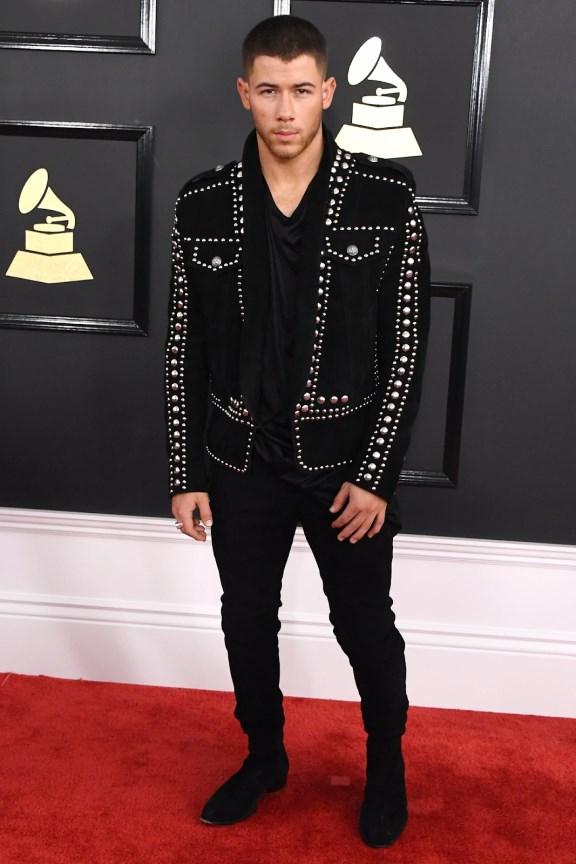
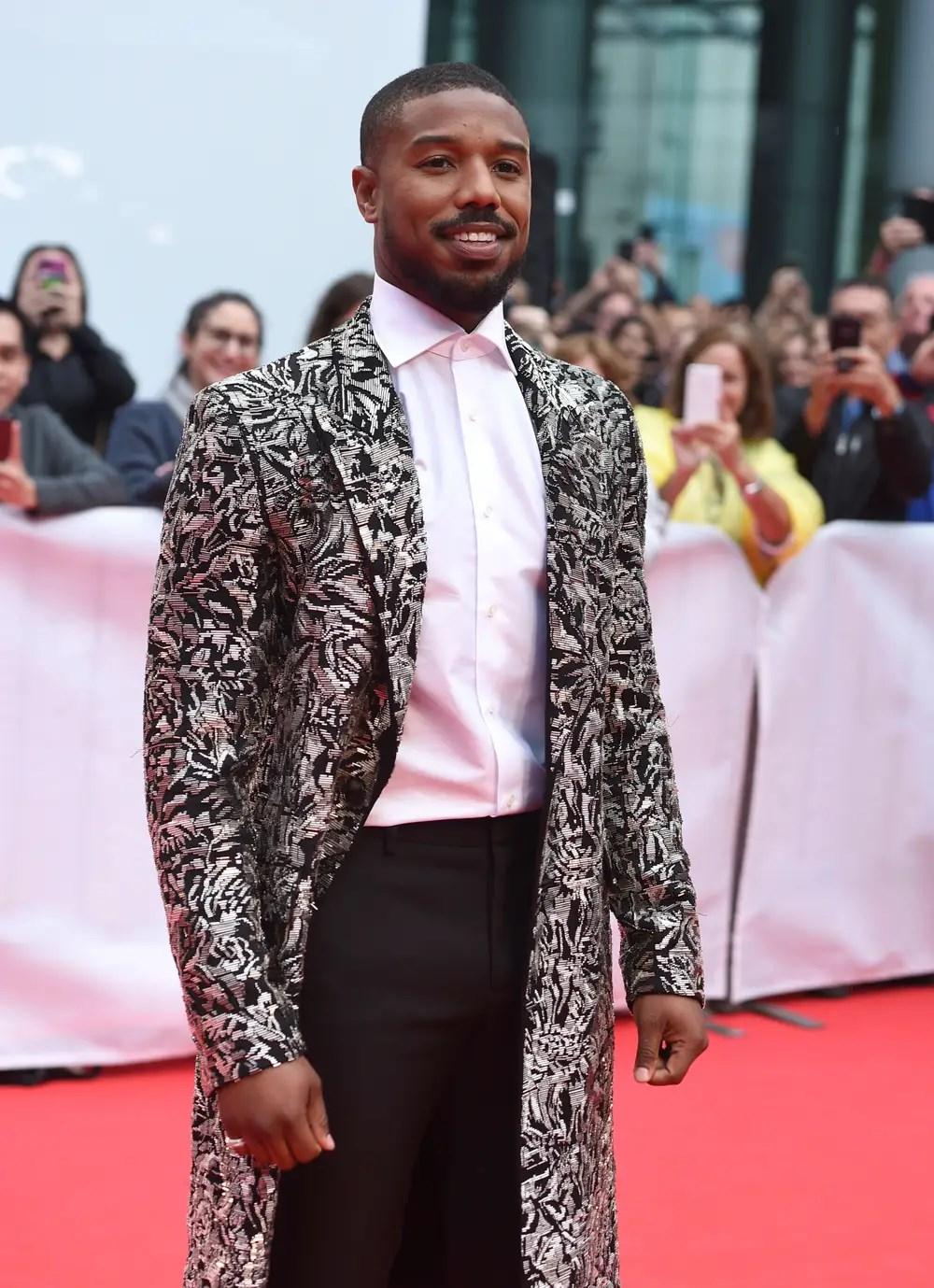

Everyday we are exposed to so much soundful media. We hear media coming from our car stereo, we hear it from our phones, and we hear it all around us. There’s cell phones, computers, television, and so on. But when it specifically comes to music we tend to either be listening from an openly audible speaker, like a car, or our own headphones. Much of this kind of technology seems to be new age, fresh. But back in the mid-1970’s the electronic company, Sony, had everyone asking: What's that Soundabout?!
It all started with the Sony cofounder himself, Masaru Ibuka. Just like him, we all wish to have the luxury of listening to music in our leisurely time or when we simply cannot find anything further to do with our time. For Ibuka, he believed that listening to music was crucial to being able to sit through his long flights. Starting at the drawing board many drafts would be created but would soon make the start of personalized, portable, nonstationary music-listening so popular and easy to do.
“Soundabout”, but only one true name stuck: The Walkman. Not only were they extremely lightweight and durable, but Sony had also created lightweight headphones to accompany their new portable music device. It was also made with numerous features to accompany the newfound idea of walking around with headphones on listening to music, which wasn’t so common as it is in today's society. It also had the ability to play music for two parties as shown in the picture on the left, as well as a button that had a purpose much like our mute button today called a “HOT LINE”. These features would be modified and changed throughout the late 70’s to early and mid 80’s but would shape the meaning of ‘personalized’ music for all. Eventually, this revolutionary invention would pave the way for other portable music players we are more familiar with today, moving the world of music from listening from cassettes to jamming MP3’s in just over 21 years.
This surge of personalized music interest would spark new ideas from other companies such as the renowned Apple that we are all familiar with today. The first iPod would make its debut in October of 2001, creating a new, digitized way of streaming personal music.
Around this time, many new computerized technologies were being introduced and it would only be a matter of time before many new kinds of smartphones and devices would come to fruition. Now, we have the selection of all kinds of completely digitized devices that give us our own personalized music and much more.
If it wasn’t for the Walkman, we wouldn’t be able to enjoy the perks of listening to music on the go comfortably and easily. The wish of Masaru Ibuka would come to manifest on a scale far beyond imagining. And now, as you take that flight or simply listen to music in your leisurely time, your friends, family, and neighbors can truly ask: What’s that Soundabout?!
Soon after drafting was completed his epiphany would manifest when the TPS-L2 Sony Walkman was released in 1979 as the first of its kind. The first original Walkman TPS-L2 resembled the cassette tapes that many people at the time were used to. Numerous names were used to refer to the device including a “Freestyle” and the https://www.iconeye.com/design/a-short-history-of-the-sonywalkman#:~:text=A%20prototype%20was%20quickly% 20made,bigger%20than%20a%20cassette%20tape https://designmuseum.org/discover-design/all-design-objects/ sony-walkman# https://www.pcmag.com/news/a-visual-history-of-appleipods#:~:text=Steve%20Jobs%20tasked%20Apple% 20Senior,23%2C%202001%2C%20for%20%24399.
